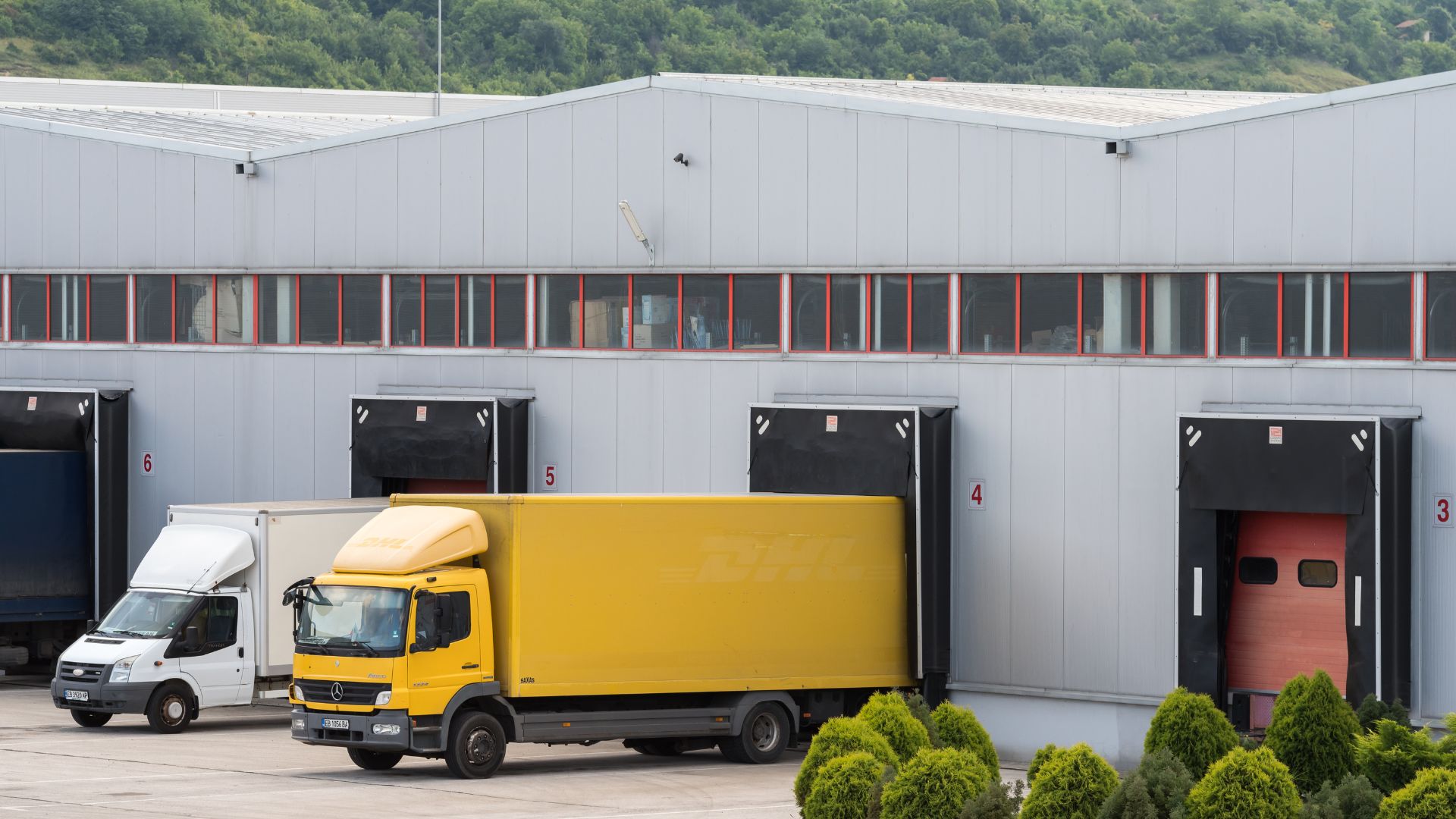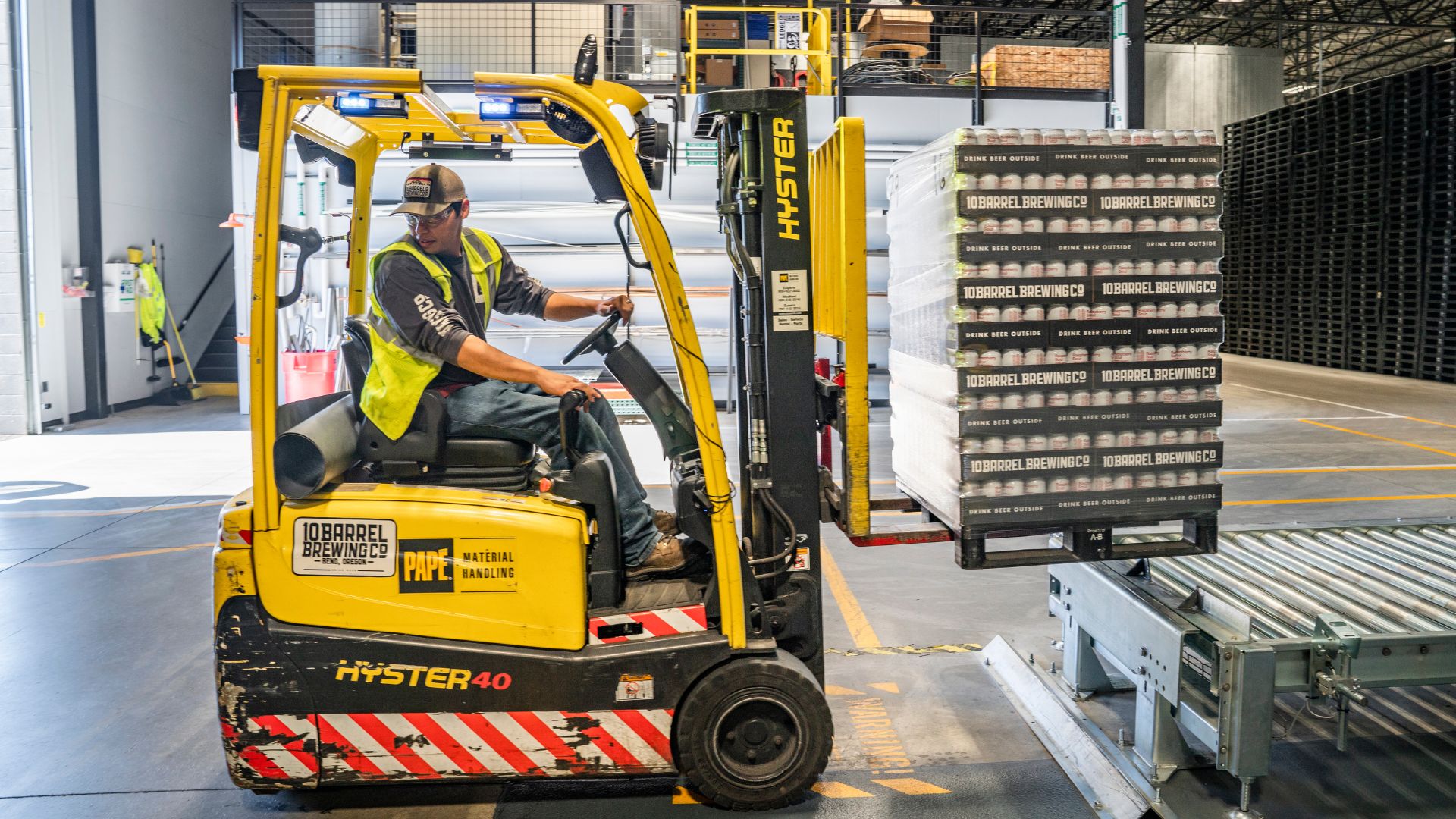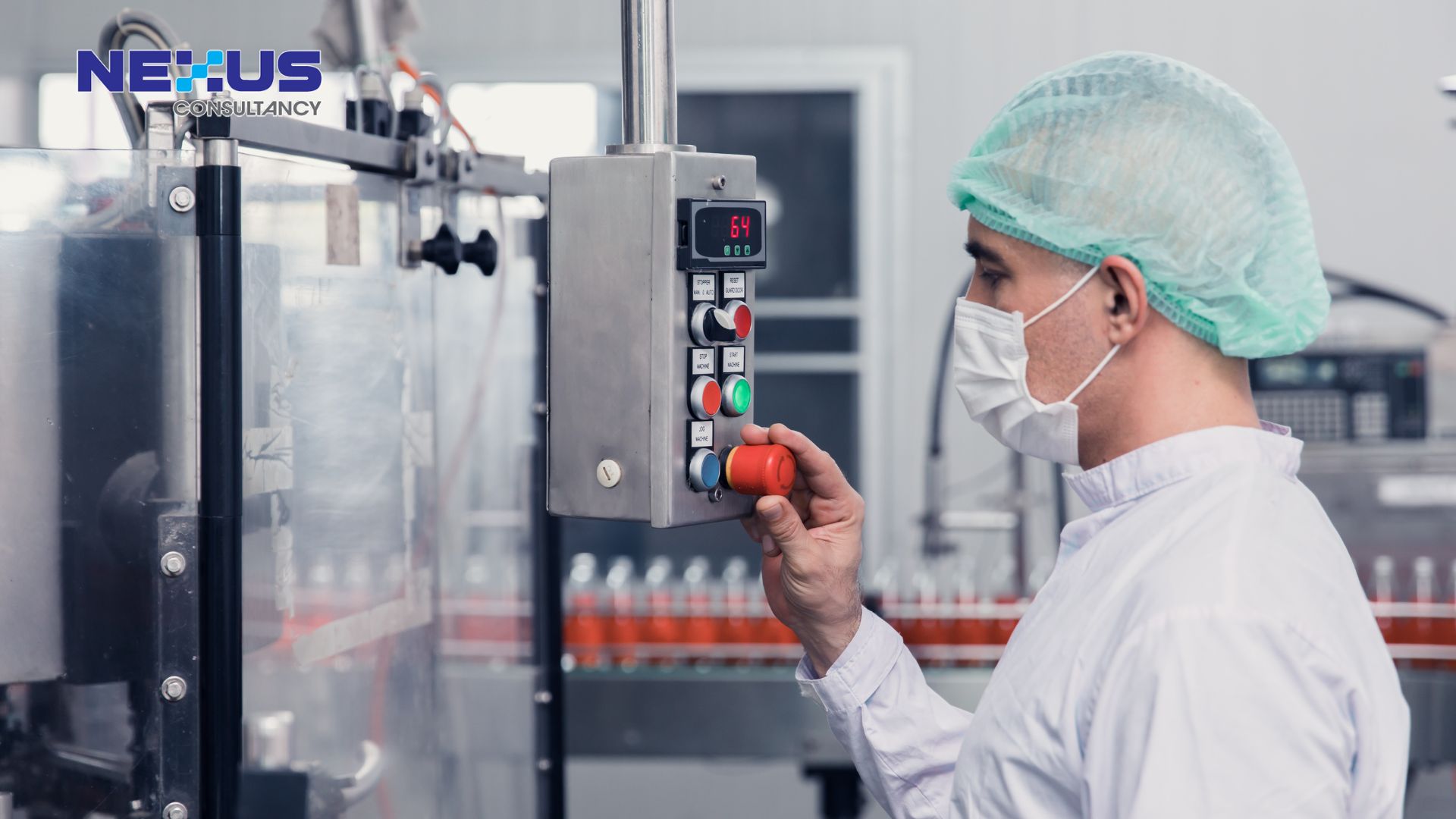
Danielle Tan
Chief Operating Officer
Discover the top 6 best practices for effective vehicle management in food safety management systems. Ensure compliance, enhance efficiency, and safeguard food quality with these essential tips.

General Requirements
Effective vehicle management is crucial in the food industry to ensure the safety, quality, and timely delivery of perishable goods. Properly managed vehicles maintain the integrity of food products by adhering to stringent hygiene and temperature control standards, preventing contamination and spoilage. Compliance with local legislation and industry standards safeguards against legal issues and enhances consumer trust. Additionally, efficient vehicle management minimizes breakdowns and delays, optimizing the supply chain and reducing costs. By prioritizing vehicle management, food industry stakeholders can uphold high standards of food safety, meet regulatory requirements, and achieve operational excellence.
All aspects of vehicle management must be outlined in a comprehensive procedure, including legislation, fabrication standards, maintenance, breakdown procedures, temperature control, and equipment. Vehicles must be managed to comply with local legislation, which involves registration with the appropriate authorities and obtaining vehicle licenses as required by local laws.
The holding area inside the vehicle must adhere to strict fabrication standards to ensure it can be easily cleaned and maintained in good condition, avoid posing any foreign body risk or causing damage to materials, and be sealed to prevent wetness or dampness.
Vehicle Management Procedure
Procedures for managing vehicles shall be established, covering the following six best practices:
1. Vehicle Management and Legislation
To ensure compliance with local legislation, vehicles must be managed effectively, including:
- Registration: Vehicles must be registered with the appropriate local authorities to ensure legal operation.
- Licensing: Obtaining and maintaining vehicle licenses as required by local laws is essential for legal compliance and operational integrity.
2. Fabrication Standards
The holding area inside the vehicle must adhere to strict fabrication standards to ensure safety and functionality:
- Cleanability: The holding area must be designed for easy cleaning, ensuring it can be maintained in a sanitary condition.
- Safety: Fabrication must minimize any foreign body risk and prevent damage to transported materials.
- Sealing: The area must be sealed to protect against moisture, ensuring the contents remain dry and uncontaminated.
3. Maintenance
Holding Area Maintenance:
Proper maintenance of the holding area is crucial for ensuring product safety and vehicle longevity:
- Cleaning: The holding area must be regularly cleaned and kept free from odors to maintain a sanitary environment.
- Temperature Control Systems: If the vehicle is equipped with temperature control systems, these must be regularly serviced to ensure they remain in good working order.
Vehicle Maintenance:
Regular vehicle maintenance is essential for preventing breakdowns and ensuring compliance with local legislation. Vehicles must be part of a scheduled maintenance program that adheres to local regulations and helps prevent operational failures.
Cleaning Controls:
Establish cleaning protocol for vehicles to maintain hygiene standards.

4. Breakdown Procedures:
Drivers must be well-trained to handle breakdowns and incidents effectively, ensuring minimal disruption:
- Emergency Reporting: Drivers should know how to report problems using the provided emergency contact numbers.
- Environmental Controls: Drivers must understand how to preserve environmental controls in the holding area, especially for temperature-sensitive products.
- Incident Recording: Before resuming the journey, drivers must perform and record necessary checks to ensure safety and compliance.
To minimize the impact of incidents on customers, a system of backup vehicles or a rapid-repair service should be in place.
5. Temperature Control
Effective temperature control is critical for transporting temperature-sensitive materials.
- Validation: Temperature control systems must be validated to ensure they can consistently maintain the required temperature throughout the delivery process.
- Procedures: Validation results should be integrated into driver procedures, providing guidance on temperature limitations. Any limitations of the holding area or specific requirements, such as pre-cooling, must be clearly communicated to drivers.
- Monitoring: The temperature in the holding area must be continuously monitored to ensure compliance. Use data logging systems or manual checks at set intervals to monitor temperature. Check and record adjustable settings to maintain consistent temperature control.
6. Vehicle Equipment
Ensuring that vehicle equipment is fit for purpose and well-maintained is essential for operational efficiency and safety:
- Equipment Maintenance: Regular maintenance of fastenings, tail lifts, hoses, and other equipment is crucial.
- Inspections: Trained staff must carry out equipment inspections, adhering to local legislation.
- Defect Management: Any defects should be scheduled for repair, and vehicles with significant issues should be removed from service.
Tankers
Bulk tankers have additional requirements due to the nature of their cargo:
- Legislation Compliance: Tankers must comply with relevant legislation and certification schemes.
- Cleaning and Load History: Maintain a detailed load history and cleaning log to ensure the tanker hasn’t been transporting anything that could pose an allergen or taint risk. Provide details of at least the last three loads and cleaning records, including when, where, and by whom the tanker was cleaned.
- Secure Equipment: Ensure tanker equipment, such as hoses, is secure, capped, and locked.
- Maintenance Records: Keep detailed maintenance records, including filter checks, to ensure ongoing compliance and safety.

Conclusion
By following these comprehensive procedures, vehicle management can be conducted effectively, ensuring compliance with legislation, maintaining high safety and hygiene standards, and minimizing disruptions during transportation.
Curious to learn how to learn more about vehicle management in food safety management systems? Get in touch with us now for more information.






